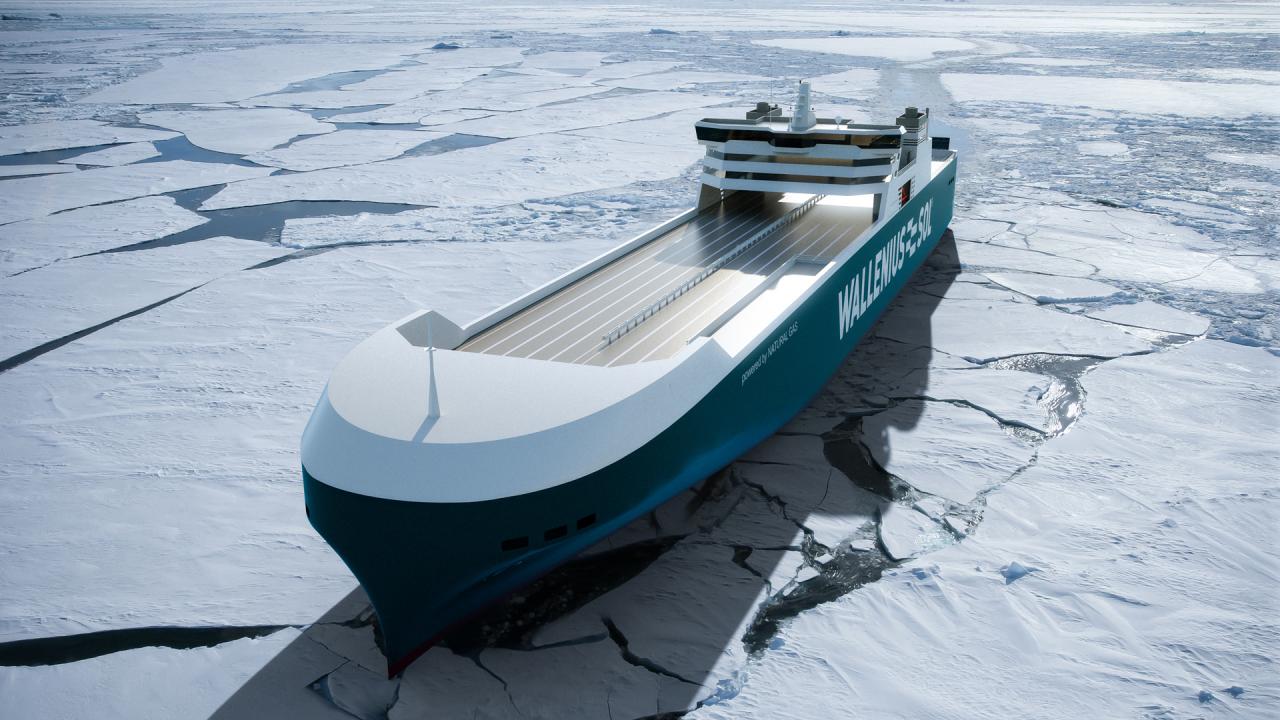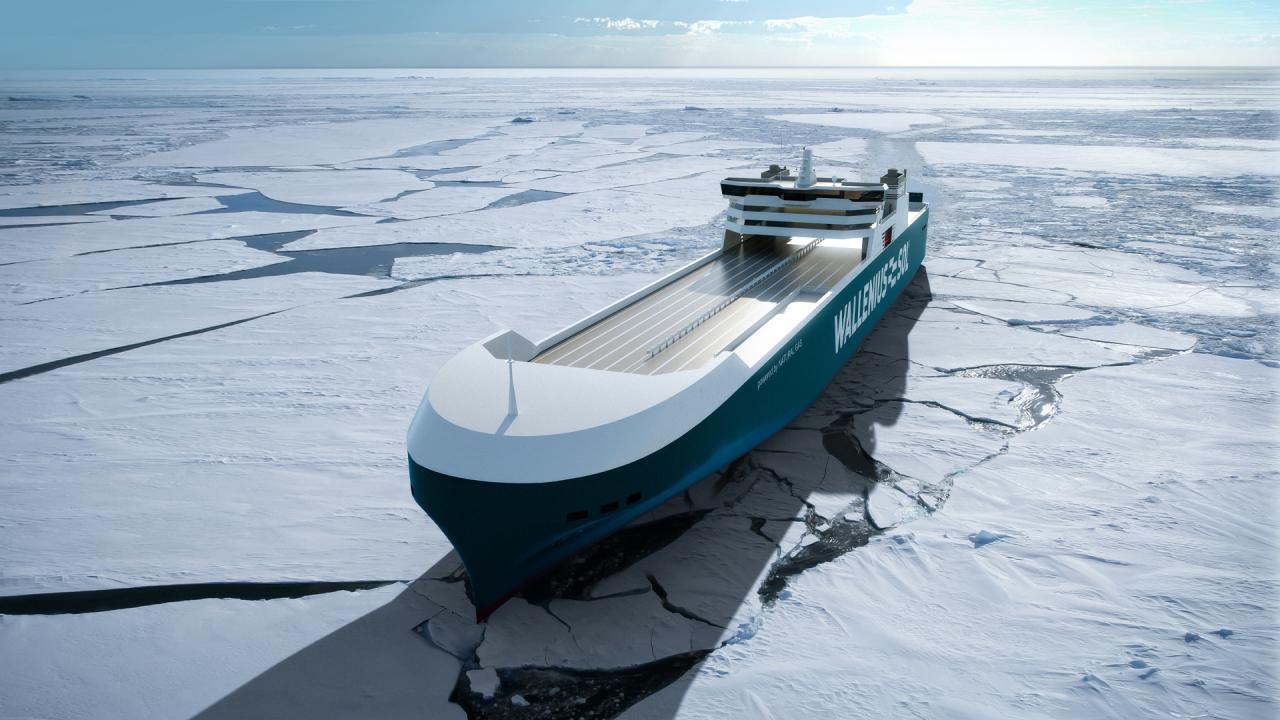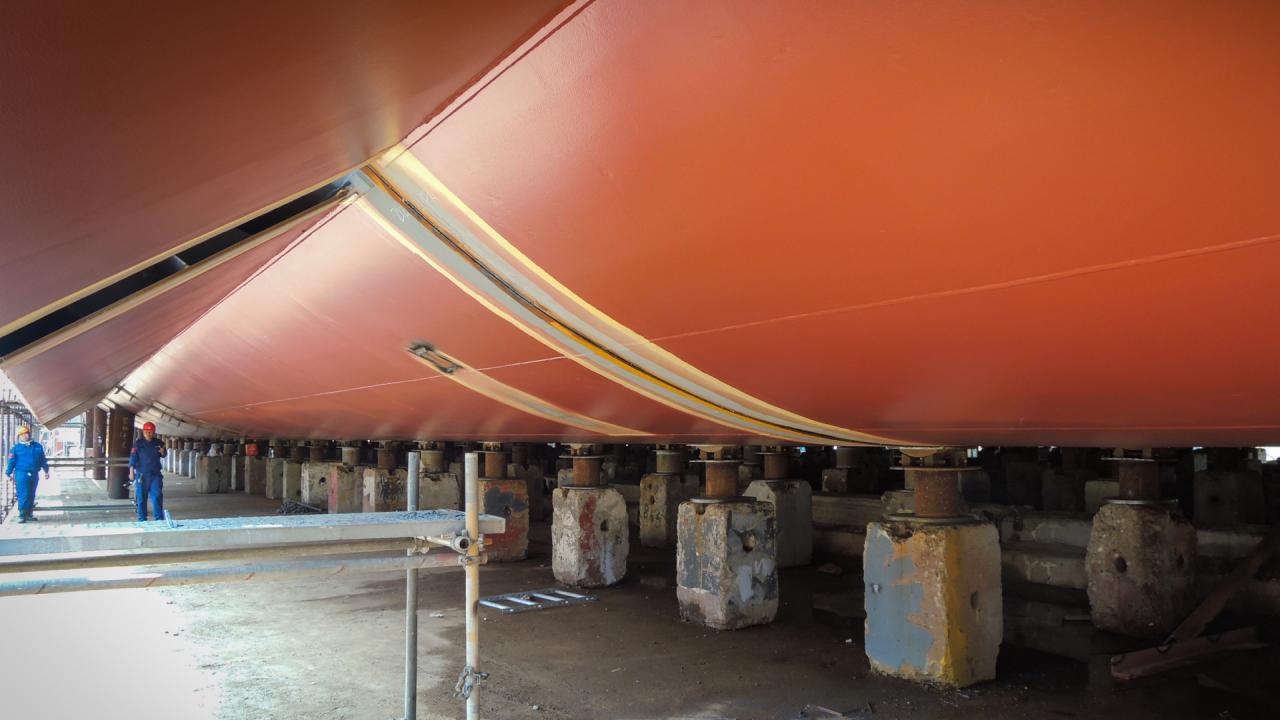New vessels save society millions
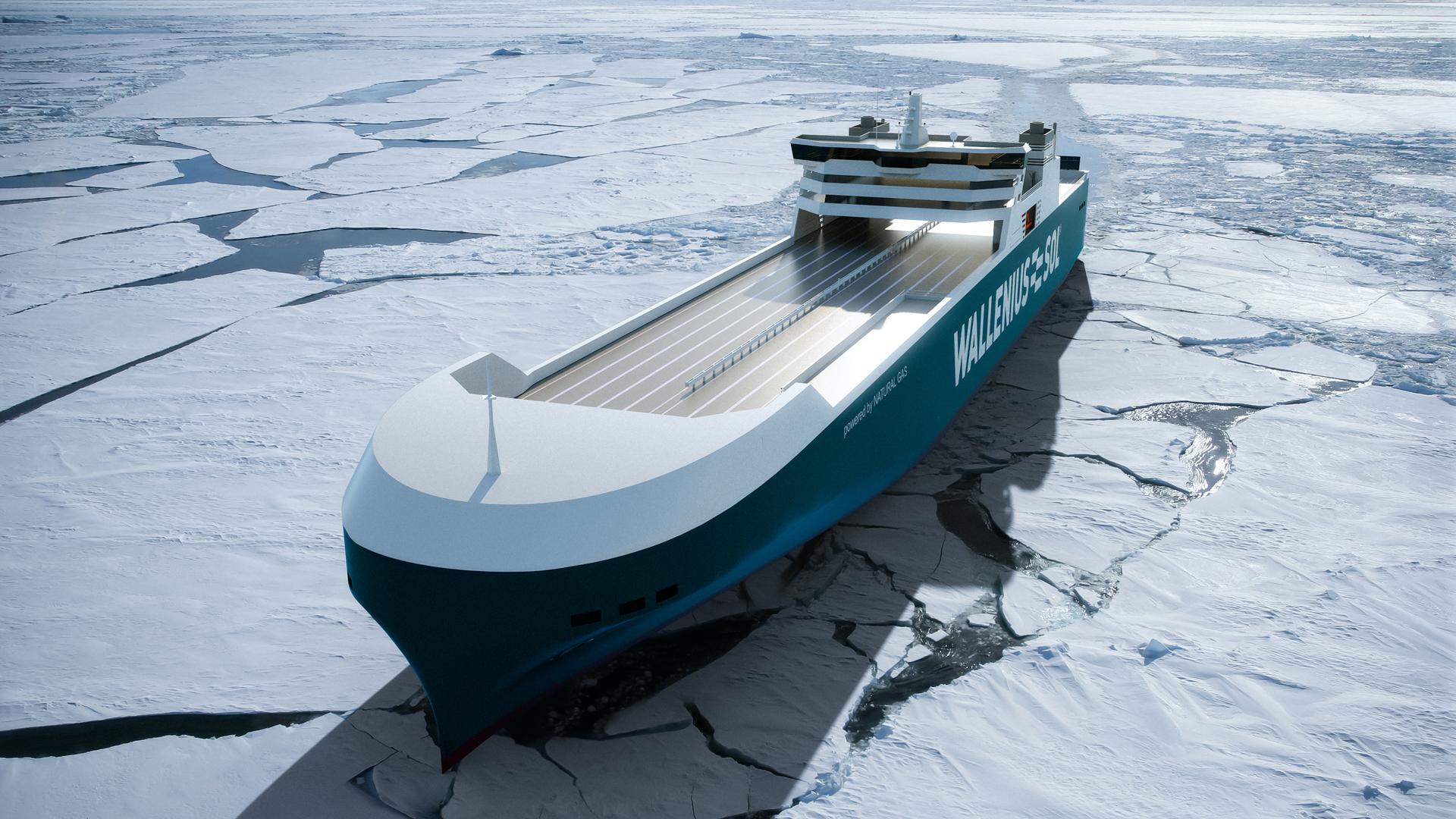
Fewer premature deaths, less sick leave and reduced CO2 emissions. The environmental performance of WALLENIUS SOL’s new RoRo vessels brings many benefits. In monetary terms, the cost to society will be reduced by millions of euros every year.
TWO LARGE RORO VESSELS are currently being built for WALLENIUS SOL at the CIMC Raffles shipyard in China. They will run on LNG and enter service in the autumn of 2021. As previously reported, the independent IVL Swedish Environmental Research Institute has been commissioned to compare the impact of the new class of ship with a ship from the generation currently plying the route between the Gulf of Bothnia and ports in the Baltic and North Seas.
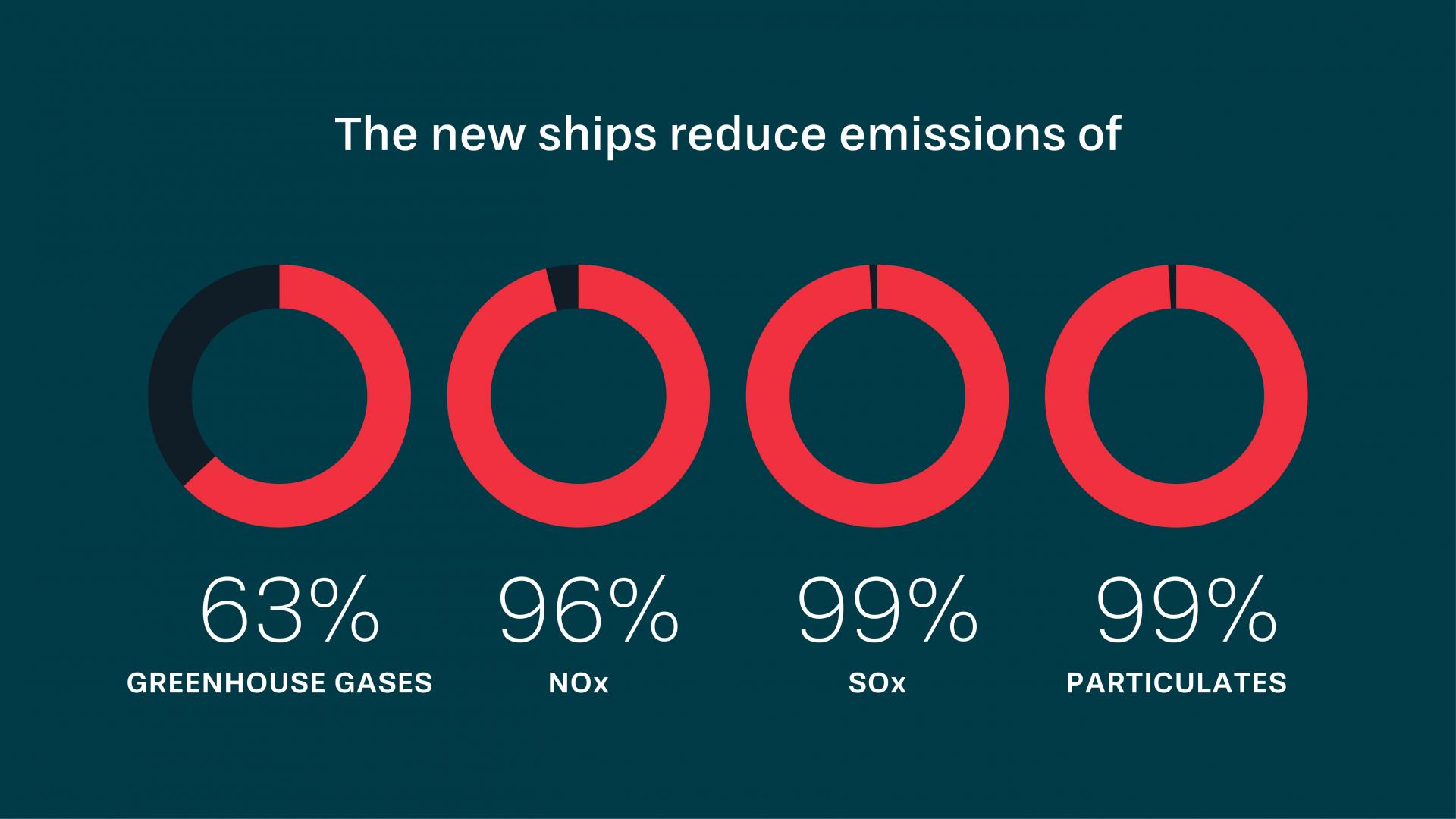
Almost no NOx, SOx or particulates
The difference is striking.
The ship will use 57% less energy to move the same amount of goods, and the various types of emissions will be reduced as follows: greenhouse gases 63%; NOx 96%; SOx 99% and particulates 99%.
“This is a huge improvement in terms of atmospheric pollution” says Erik Fridell, who works with maritime issues at IVL.
“Emissions of sulphur and particulates are extremely small in comparison to conventional propulsion systems, and this is truly remarkable given that such emissions are a well-known ocean transport problem. The reduction in fuel consumption resulting from the greater load capacity and the novel hull design, is also pleasing.”
Major savings
IVL has also calculated the socio-economic benefits arising from the lower environmental impact. The calculations were made using the Impact Pathway Approach, a method used for many years in e.g. infrastructure projects to determine the external costs resulting from a given activity.
This is another area where WALLENUIS SOL’s new type of vessel will bring significant improvements. The greatest impact will be on public health, but lower CO2 emissions and less crop damage will also mean lower costs to society.
“In the case of health, we’re talking about a reduction in diseases, which in turn will lead to lower rates of sick leave and fewer premature deaths,” says Erik Fridell.
He adds:
“CO2 emissions also have a price tag. In the case of crops, the savings from reduced NOx emissions are in fact greater than shown in our report, as we have not taken the costs of eutrophication and algal blooming into account.”
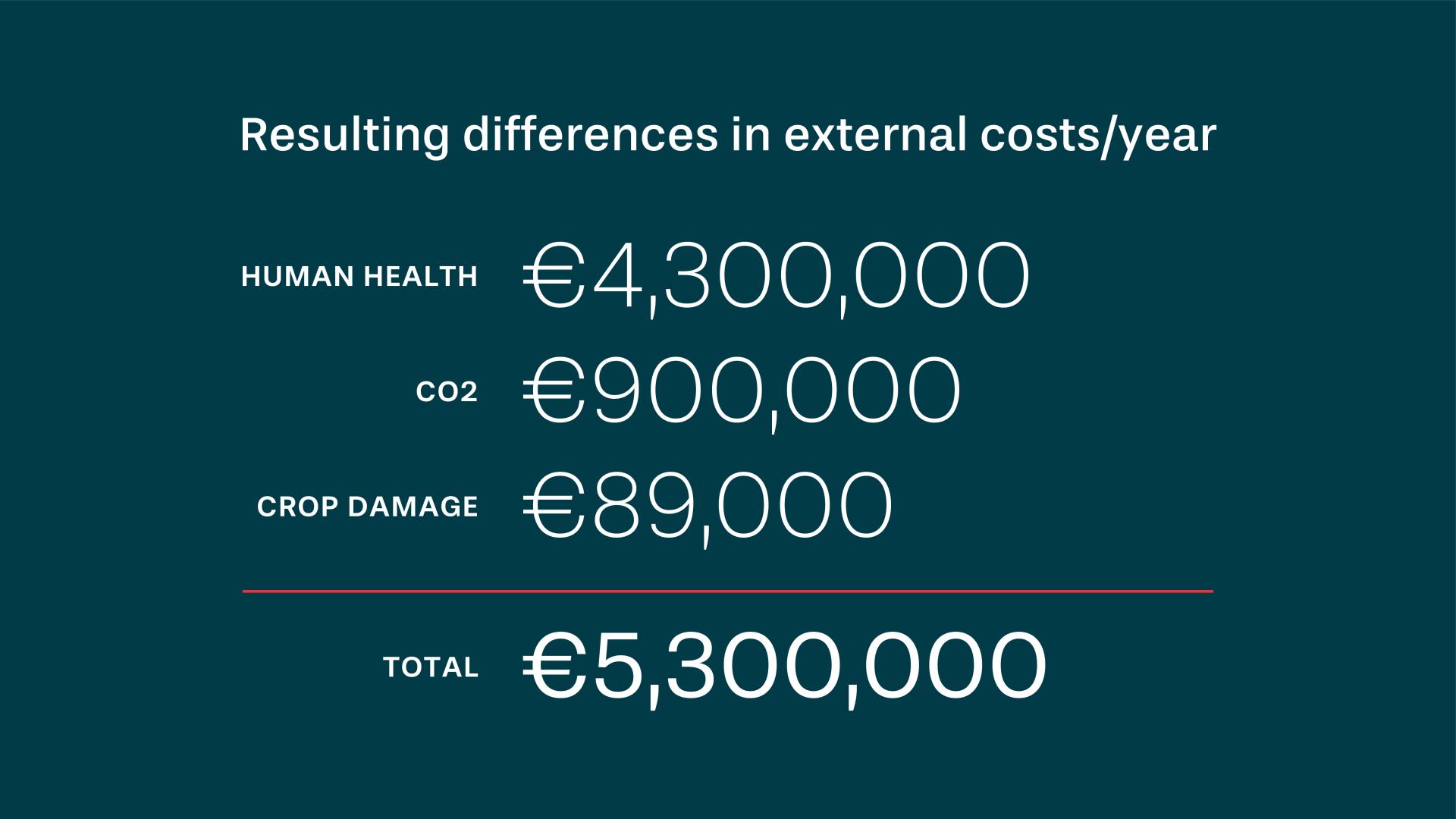
It’s difficult to say precisely how big social savings will be, mainly because the value of health can be estimated in different ways. Thus in its calculations, IVL lists three scenarios – low, intermediate and high – and the total amount for the annual reduction in external costs ranges between EUR 2.3 and 11.8 million.
“Were I to pick a figure, it would be EUR 5.3 million, which is the total in the intermediate scenario,” says Erik Fridell. “While bearing in mind major uncertainties, these are still significant savings.”
The totals concerns a single vessel, so because WALLENIUS SOL is building two ships, the annual savings to society will be twice this amount.
“We take responsibility”
The benefit to society is something WALLENIUS SOL is very conscious of and proud of.
“Shipping not only impacts the environment, but also the climate, and I would like to emphasize that both issues are important,” says Ragnar Johansson, WALLENIUS SOL’s Managing Director.
“Sometimes it feels like climate overshadows the environment. Our industry must naturally reduce its greenhouse gas emissions to help achieve a sustainable climate, but we must not forget the environment. Because particulates, NOx and SOx are harmful in the here and now, it feels great to know that our new ships emit virtually none of these. It shows we’re willing and able to shoulder our responsibility.”
A major part of the social savings are made possible by new technology, which has influenced the way the hull and propellers are designed. Furthermore, the vessels are designed for duel fuel operation and can be run on both liquid and gaseous fuel.
“We don’t believe any single type of fuel will prevail in the future, rather that we will need a range of options,” says Ragnar Johansson. “LNG is a good option right now, but we also have the possibility of running on biofuel, be it liquid or gas.”

